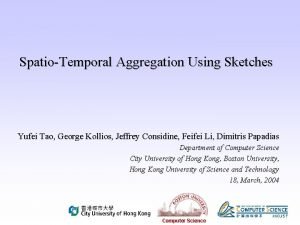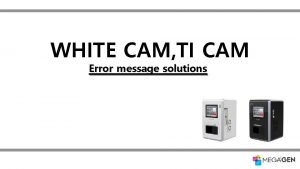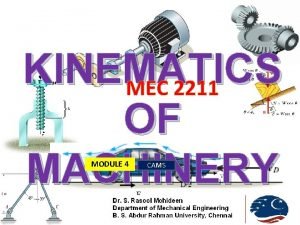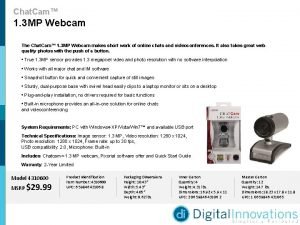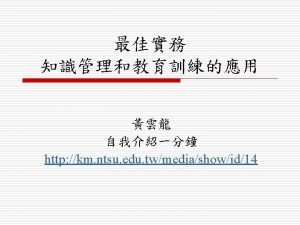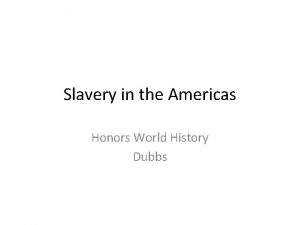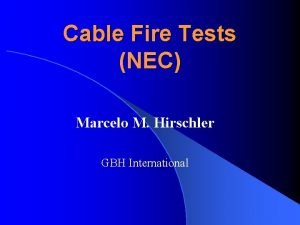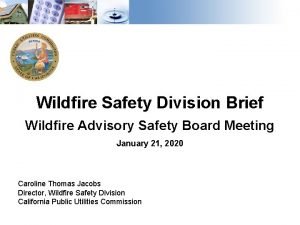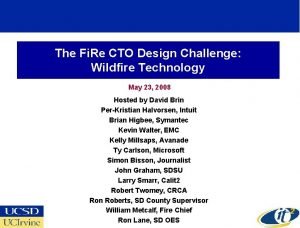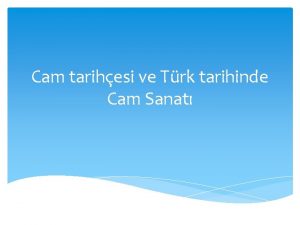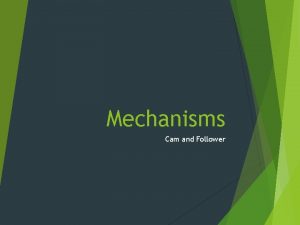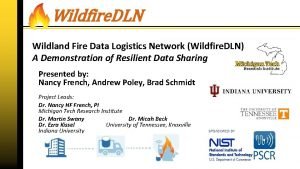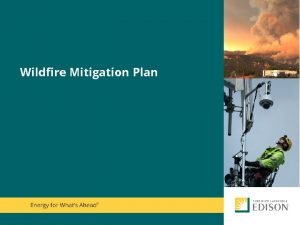Evaluation of Wildfire Impacts in CAM 5 Yufei











- Slides: 11

Evaluation of Wildfire Impacts in CAM 5 Yufei Zou 2014 -04 -24

Content Ø Introduction Ø Numerical Experiment Ø Modeling results Ø Discussion Ø Conclusion

Introduction—wildfire impacts on the climate (Ward, et al. , 2012) v Schematic of wildfire impacts on the climate

Introduction—aerosol forcing in the Arctic v Forcing mechanisms in the Arctic due to short-lived aerosols (P. K. Quinn, et al. , 2011)

Method—numerical experiment Name Fire forcing Non-Fire emissions Others Remarks CAM_fire_on GFED 3 (20002009) IPCC AR 5 (Anthro), MOZART (NH 3, BVOCs), Martensson_2003 (Sea Salt), DEDM (Dust) 7 members with prescribed SST, Sea Ice, etc. Sensitivity CAM_fire_off No fire emis See above Control ü Chemistry: gas-phase chemistry for sulfate aerosols and SO 2 oxidation in aqueous phase; ü SOA: assume fixed mass yields for AVOCs/BVOCs precursor; ü Nucleation: binary (MAM 3)/ternary(MAM 7)/boundar y layer nuclear; ü Condensation: dynamical treatment using standard mass transfer expressions; ü Coagulation: fast/approximate algorithms of CMAQ ü Water Uptake: Kohler theory (www 2. cesm. ucar. edu/)

Method—Emissions in CAM 5 (Lathem et al. , 2013) Sulfate/ Organic BC SO 4 NH 4 NO 3 Residual Biomass Burning Seasalt (Brock et al. , 2011)Dust

Method —MAM 3 in CAM 5 v Aerosol mode in MAM-3 BURDEN 2 BURDEN 1 (Lathem et al. , 2013) BURDEN 3

Results— fire case in April 2008 v ARCPAC measurements on 18 April 2008 (Brock, et al. , 2011) Fire counts for April 2008 Fire_CH 3 CN CO Trop_O 3 CH 3 CN

Results—fire case in April 2008 Δ SAT Δ PREC Δ CLDFrac Δ TOT_RF@surface Δ AOD@550 nm ΔCLDRF

Results—fire impacts in each seasons (2000 -2009) Δ SAT Jan-Feb-Mar Δ PRECL Apr-May-Jun Jul-Aug-Sep Oct-Nov-Dec

Summary 1) Aerosol module and prescribed properties in CAM 5 are generally consistent with observational results; 2) Current fire emission with out plume rise limits vertical and long-range transport; 3) Fire activities exert significant impacts on local and remote climate conditions with seasonal variability;
